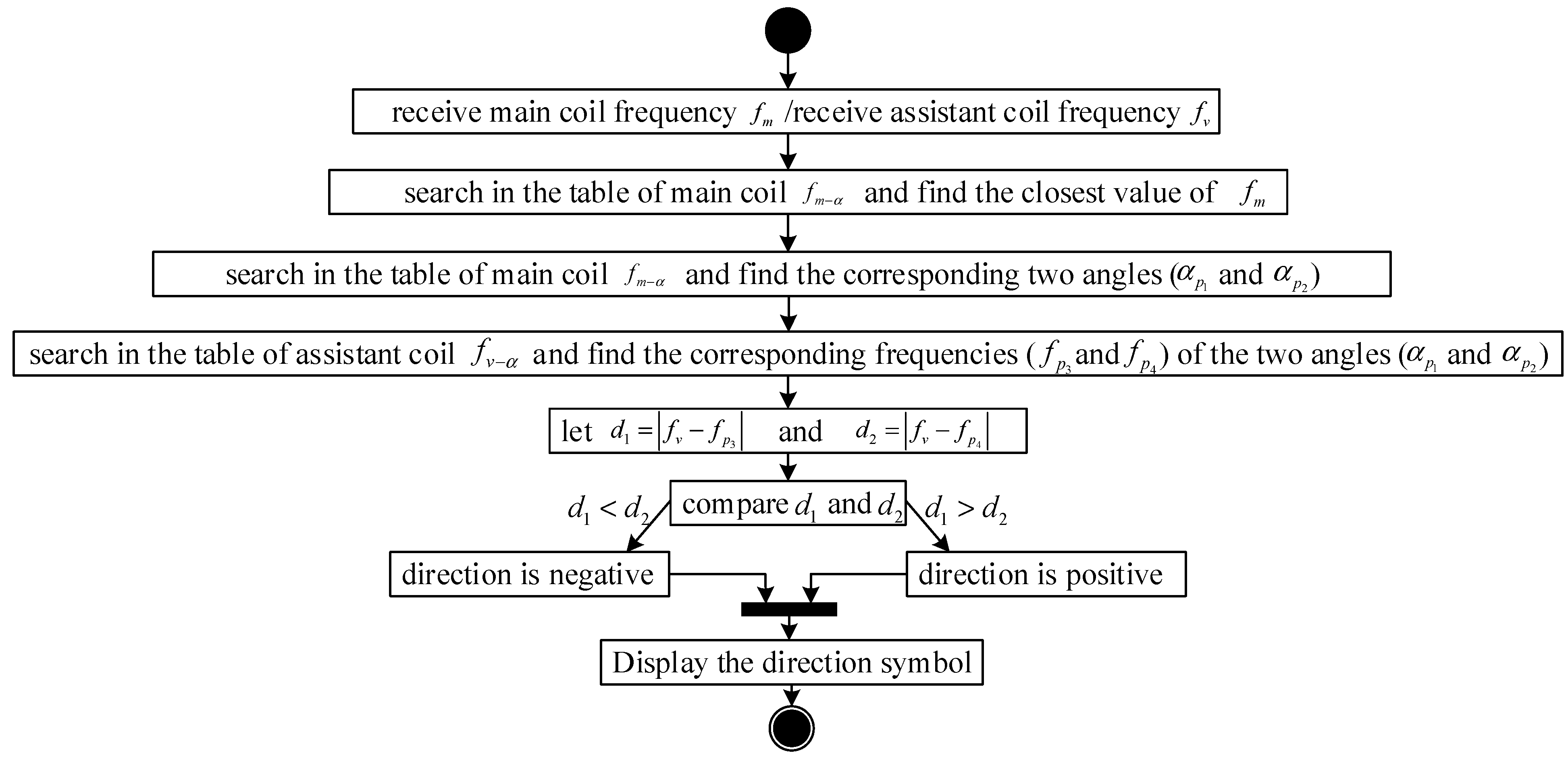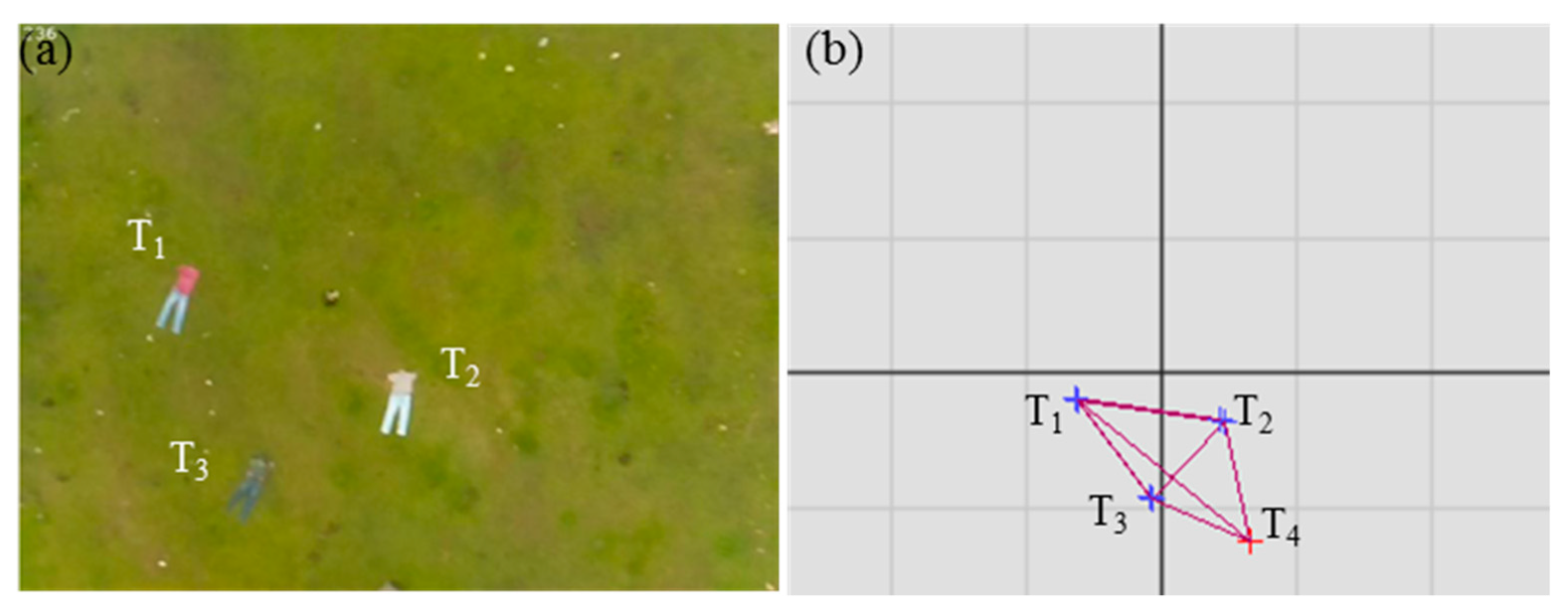

Condition of Optical Systems Independent of Frequency for Wide Field-of-View Radio Telescopes.Analysis of Oblique Aerial Images for Land Cover and Point Cloud Classification in an Urban Environment.Development of HEATHER for Cochlear Implant Stimulation Using a New Modeling Workflow.A New Approach to Ocean Wave Parameter Estimates From C-Band ScanSAR Images.

A Novel Point-Matching Algorithm Based on Fast Sample Consensus for Image Registration.Tractography From HARDI Using an Intrinsic Unscented Kalman Filter.Square monopole antenna for microwave imaging, design and characterisation.The quantitative results from real data show that this newly developed method could reduce the phase noise efficiently while also outperforming the Goldstein, Baran and empirical mode decomposition (EMD) filters by preserving the edges in interferograms. The difficulty of estimating the noise level near the borders of different features can be decreased using this new filtering method. Then, the Fourier transform of the complex phase is applied to this adjusted filter patch. In this adjusted patch, the adaptive-neighborhood pixels retain the original phase values while the “background” pixels are replaced by the mean value of adaptive-neighborhood pixels. The idea of this method is to filter each pixel of the interferogram within an adjusted filter patch. This letter proposes a modified Goldstein filter based on the adaptive-neighborhood technique. However, when there exist different features within a single filter window, especially along the border, the value of alpha as estimated from the pixels within the window can be inaccurate and this may result in blurred borders in filtered interferograms. The level of noise after filtering is controlled by a filter parameter, “alpha,” the value of which is determined by pixels within the moving window. The Goldstein filter is one of the most commonly used filters for synthetic aperture radar (SAR) interferograms.

Goldstein Filter on Adaptive Neighborhood Technique


 0 kommentar(er)
0 kommentar(er)
